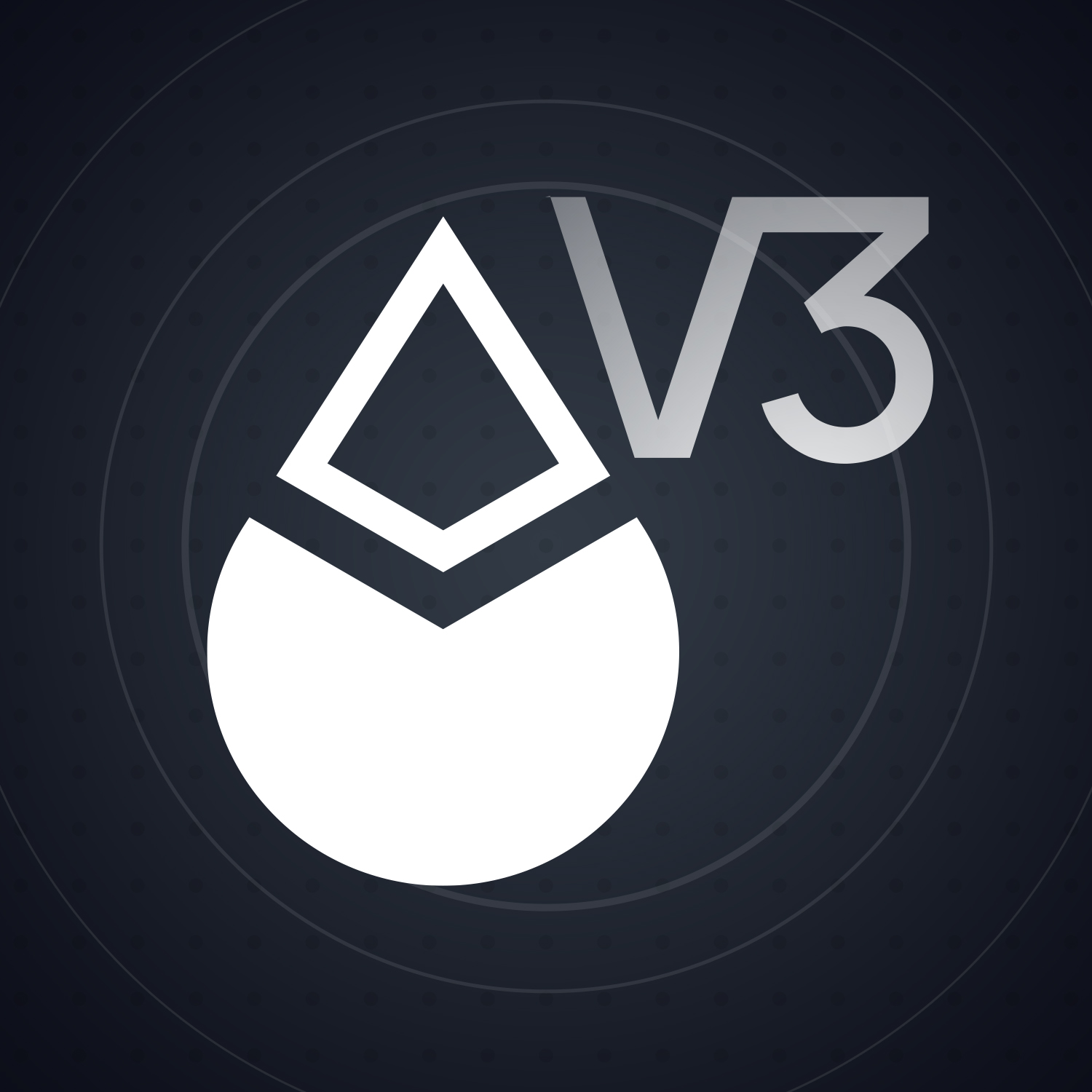Introduction
Lido V3 marks a transformative evolution in Ethereum staking by introducing stVaults, a modular innovation that allows users to customize their staking strategies. This upgrade enhances the flexibility of Ethereum staking by enabling stakers to select Node Operators and validation infrastructures while still benefiting from stETH’s liquidity, security, and ecosystem integrations.
With this innovation, Lido V3 caters to the needs of institutional stakers, Node Operators, and asset managers, providing them with tailored staking setups that align with their operational priorities and compliance requirements.
The Changing Staking Landscape
Since its inception in 2020, Lido has established itself as the leading liquid staking solution. However, the staking landscape has evolved, driven by increasing institutional participation, shifting regulatory requirements, and the demand for greater flexibility in reward structures. Ethereum’s staking ecosystem is no longer one-size-fits-all.
Lido V3 responds to this demand by offering modular staking, which transforms Lido from a liquid staking protocol into a full-fledged Ethereum staking infrastructure. This evolution introduces more personalization while maintaining Ethereum’s decentralization and security.
Lido V3: Ethereum Staking Infrastructure
Lido V3 builds upon the Staking Router and its Modules by introducing stVaults, a new staking primitive designed to accommodate diverse use cases.
A major expansion in Lido’s reach is the deployment of stETH and wstETH on Unichain, a DeFi-native Ethereum Layer 2 blockchain powered by Optimism’s OP Stack. This integration improves cross-chain liquidity and transaction efficiency while preserving Ethereum’s security.
stVaults provide a personalized staking experience by allowing users to configure fee structures, risk-reward profiles, and validator selection based on their specific needs. These configurations cater to distinct user groups:
- Institutional Stakers: Gain access to stETH liquidity while maintaining compliance within a verified perimeter of counterparties.
- Node Operators: Attract institutional and high-volume stakers by offering tailored staking products.
- Curators and Asset Managers: Develop structured staking strategies that integrate with DeFi applications and optimize capital efficiency.
The Technical Foundation: stVaults
As a non-custodial staking platform, stVaults empower users to stake ETH securely with custom validation setups. They maintain liquidity and decentralization by minting stETH backed by personalized staking strategies.
Overcollateralization for Security
To enhance economic security and mitigate slashing risks, stVaults introduce the Reserve Ratio (RR) concept. This ensures that minted stETH remains reasonably overcollateralized, strengthening its resilience against network penalties and enabling protocol-level reputation-based bonding requirements.
Customizable Vaults for Every Need
Lido V3 allows for flexible staking configurations, catering to institutional users, leveraged stakers, and those exploring restaking opportunities.
Institutional Staking
Institutional stakers can create dedicated stVaults, selecting trusted Node Operators and integrating with existing compliance frameworks. As a non-custodial solution, stVaults ensure that institutions retain control over their ETH while benefiting from stETH liquidity.
Leveraged Staking
Advanced stakers can optimize rewards by leveraging staking strategies through:
- Primary market access via direct ETH staking through the Lido Core Protocol.
- Secondary market access through DeFi lending platforms, allowing for amplified staking positions.
Restaking Exposure
stVaults enable opt-in restaking, allowing users to explore emerging staking trends while minimizing network-wide risk exposure. This approach ensures that Lido Core maintains shared security without imposing unnecessary risks on the broader ecosystem.
Strengthening Ethereum’s Decentralization
An Open Marketplace for Validators
Ethereum’s long-term success depends on a decentralized validator network. stVaults facilitate open competition and coordination, allowing Node Operators to define custom staking rules, fee structures, and validation mechanisms, ensuring decentralized participation.
Balancing Liquidity, Performance & Security
stVaults incorporate ETH bonding mechanisms to mitigate slashing risks. Additionally, dynamic fee structuresbenchmarked against Lido Core ensure that validator performance is incentivized while stake concentration remains balanced.
Sovereignty & Voluntary Upgradability
stVaults offer voluntary governance participation—users can mint stETH and engage in Lido’s protocol upgrades or opt-out by returning stETH to native staking. This approach fosters flexibility, sovereignty, and decentralization.
Lido V3 Roadmap
The rollout of Lido V3 will occur in three stages:
- Stage 1: Early adopters can initiate re-staked vaults and participate in the pre-deposit program.
- Stage 2: Testnet deployment for rigorous testing and partner integrations.
- Stage 3: Mainnet launch, supporting institutional setups, leveraged staking, and shared security.
Bridging to Unichain
To facilitate cross-chain staking, Lido has integrated with Unichain, an Optimism-powered Layer 2 rollup optimized for DeFi and liquidity provision. Users can bridge stETH and wstETH via Superbridge.app, enabling seamless transfers between Ethereum and Unichain with minimal latency.
Steps to Bridge to Unichain
- Access Superbridge: Navigate to Superbridge.app.
- Connect Wallet: Ensure sufficient ETH for gas fees.
- Select Networks: Choose Ethereum as the source and Unichain as the destination.
- Select Token: Choose stETH or wstETH, then specify the transfer amount.
- Approve & Confirm: Review transaction details and confirm in your wallet.
Bridging back from Unichain to Ethereum takes up to 7 days, aligning with OP Stack’s security model. Users can also wrap/unwrap stETH and wstETH using Lido’s wrap widget on Unichain.
Conclusion
Lido V3 represents a significant step forward in Ethereum staking by introducing modular, customizable, and decentralized staking solutions. With stVaults, Lido strengthens its position as the leading staking infrastructure, offering tailored solutions for institutions, advanced stakers, and DeFi builders while reinforcing Ethereum’s security and decentralization.
As Lido continues to expand its capabilities, community collaboration remains essential in shaping the future of staking. Users and developers are invited to participate in the ongoing evolution of Lido V3 and stVaults.

